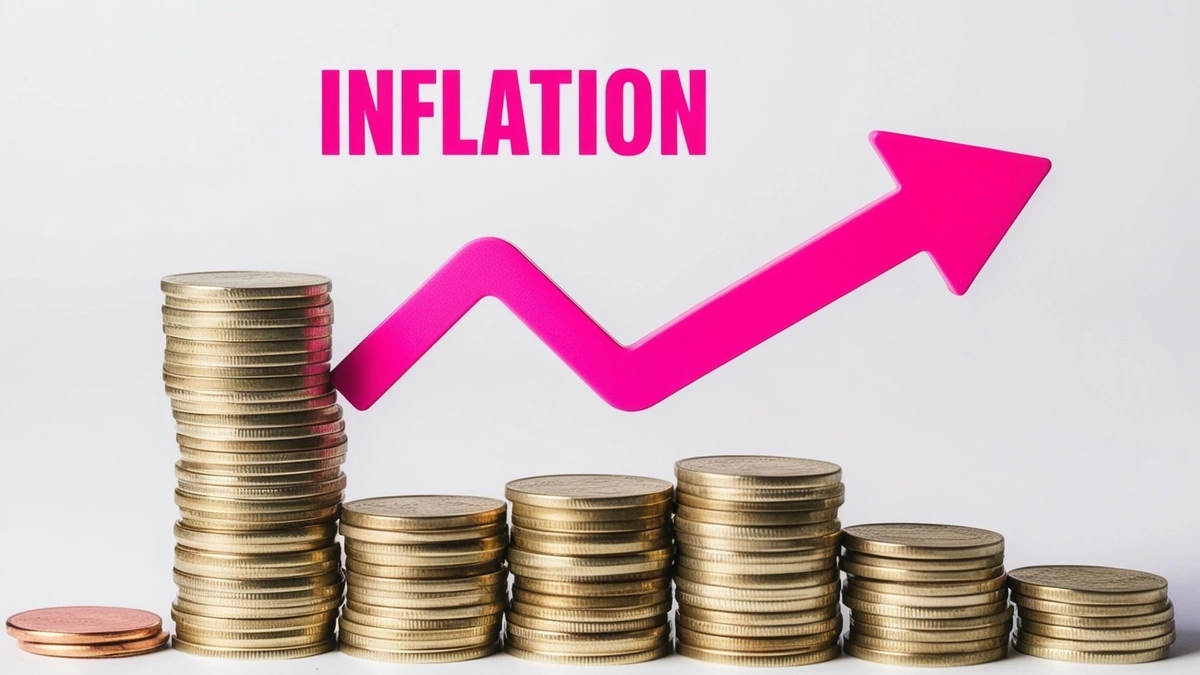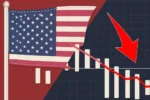The Most Important Inflation Reading in Years: Investors are gearing up for a crucial inflation report this Wednesday, as December’s Consumer Price Index (CPI) data could significantly impact market expectations. The report could either reinforce the view that the Federal Reserve will keep rates steady throughout 2025, or potentially spark concerns of further rate hikes. Given the potential for surprises in either direction, market participants are watching closely, with any deviation from expectations likely to cause market volatility.
The headline CPI inflation rate has been showing signs of rising again. After six consecutive months of decline between April and September 2024, the annual headline CPI rate is expected to edge up to 2.9% in December, from 2.7% in November. If the figure surpasses 2.9%, it would likely take investors by surprise, reinforcing the view that the Fed may delay or even reverse its rate cuts. However, if the CPI data comes in weaker than expected, it could offer some reassurance to market participants, who are wary of persistent inflation pressures.
The core CPI, which excludes volatile categories like food and energy, is also a critical measure. Investors are particularly focused on the core services sector excluding shelter, which has been a stubborn driver of inflation. Michael Reynolds, vice president of investment strategy at Glenmede, pointed out that a 0.5% monthly increase in this core CPI measure—above economists’ consensus of 0.3%—could unsettle the markets. Such a rise would likely prompt a reassessment of Treasury yields, which in turn could lead to a reevaluation of stock valuations, especially as the equity market becomes increasingly sensitive to bond market movements.
Reynolds also warned that if inflation accelerates again, Treasury yields could climb, and the 10-year yield might even touch 5%, a level not seen since late 2023. The bond market’s repricing could create downward pressure on equities as investors recalibrate their expectations. In this scenario, investors may also reduce their expectations of further easing by the Fed. As of now, the futures market is already signaling a reduced likelihood of the Fed cutting rates again in 2025, but a stronger-than-expected CPI reading would increase the likelihood of an extended period of higher rates.
Some market strategists, such as those at Barclays, have highlighted that the CPI could remain near 3%, especially if political factors, such as potential tariffs proposed by President-elect Donald Trump, come into play. Michael Landsberg, chief investment officer at Landsberg Bennett Private Wealth Management, forecasts that inflation could rise as high as 3.5% to 4% this year, further heightening concerns among investors.
On Tuesday, a more modest producer price index (PPI) reading for December provided a brief respite for markets, but analysts cautioned that PPI is more of a forward-looking indicator, offering insight into where CPI might head. As such, it did not alter the broader market’s view of the looming CPI report.
The stock market ended mostly higher on Tuesday, digesting the PPI data. However, the 30-year Treasury yield broke above the 5% mark, signaling concerns over inflation expectations. Similarly, breakeven inflation rates—reflecting market expectations of future inflation—have been edging higher, indicating increasing concerns that inflation may remain above the Fed’s 2% target.
Consumer inflation expectations are also rising, according to surveys from the New York Fed and the University of Michigan. These reports suggest that consumers now anticipate inflation to be higher over the next few years than they did in prior months, which could be a signal that inflationary pressures are becoming more ingrained in the economy.
The Wednesday CPI report will provide crucial insights into the state of inflation. If the data comes in above expectations, it will likely lead to market concerns about further tightening from the Fed. Conversely, if the numbers are in line with expectations or weaker, it may not provide much comfort, as market participants are already inclined to discount any signs of easing inflation. The market’s reaction will hinge on the extent of the deviation from expectations, making this report a key event for financial markets in the coming days.



